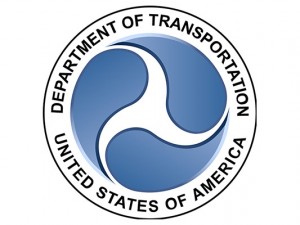NHTSA’s Cliff: Agency to scrutinize auto-driver technology
From Transport Topics. WASHINGTON — The new head of the government’s road safety agency says it will intensify efforts to understand the risks posed by automated vehicle technology, so it can decide what regulations may be necessary to protect drivers, passengers and pedestrians. In an interview June 29, Steven Cliff, who was confirmed last month…

From Transport Topics.
WASHINGTON — The new head of the government’s road safety agency says it will intensify efforts to understand the risks posed by automated vehicle technology, so it can decide what regulations may be necessary to protect drivers, passengers and pedestrians.
In an interview June 29, Steven Cliff, who was confirmed last month as head of the National Highway Traffic Safety Administration, said the agency is assessing crash data recently reported by automakers and tech companies.
Any new regulations NHTSA may impose would fill what critics say is an urgent need to address the growing use of driver-assisted systems on U.S. roads. The systems have been linked to crashes involving deaths and serious injuries, though they also have enormous potential to prevent crashes. There are no federal regulations that directly cover either self-driving vehicles or those with partially automated driver-assist systems such as Tesla’s Autopilot.
Before developing any new federal standards, Cliff said, NHTSA wants to better understand how driver-assist and autonomous technology should perform.
Cliff spoke June 29 to the Associated Press in his first on-the-record interview since being confirmed by the Senate.
He said that when he first joined the agency in February 2021, he was surprised to discover that NHTSA had no data on automated vehicle crashes. As a result, Cliff said, he challenged the agency to require such reporting. Last month, NHTSA released data from July 2021 to May, concluding that automated vehicles were involved in nearly 400 crashes.
Cliff cautioned that while he believes federal standards are needed to regulate driver-assisted technology, he wants to avoid rushing to embrace new rules that might potentially end up compromising safety.
“Any time we put a regulation on the books, we have to define not only what standard that technology needs to be held to, but we need to have an objective way to measure the performance of the system to ensure that it actually complies with the regulation,” he said from his office at the U.S. Department of Transportation’s headquarters in Washington.
See the complete article online at Transport Topics.
